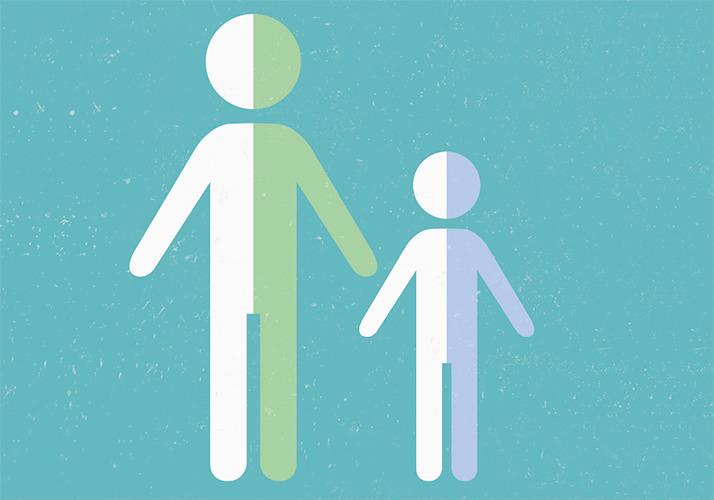
As we’ve previously reported (1), rates of myopia are huge and rising – but the reasons for this remain, largely, a mystery. A range of potential causes, such as genetic factors, close work, and time spent outside have been identified as likely contributors. But another is birth order – the theory is that parents invest more time and resources in the education of their firstborn, increasing their exposure to close work (and possibly reducing time outdoors), and therefore their risk of myopia, when compared with younger siblings.
A recent study, published on World Sight Day in JAMA Ophthalmology, has explored the link between myopia and birth order further, using data from 89,000 UK Biobank participants. Those included were aged between 40 to 69 years, self-reported white ethnicity, and had no history of eye problems, such as cataracts or serious eye trauma. After adjusting for variables, including gender, age, and the Townsend Deprivation Index score, the authors found that first-born children were around 10 percent more likely to have myopia, and 20 percent more likely to have high myopia than their siblings (2).
The potential link was reinforced when the study authors adjusted for one of two measures of educational exposure: highest education qualification or age at completion of full-time education. This caused the relationship between birth order and myopia to disappear, strongly suggesting that increased educational investment does account for the higher risk. As the study was carried out in an older cohort than in previous studies (3), it also shows that this environmental factor isn’t new, and has been around for at least 30 to 40 years. There were some limitations though – the study didn’t include any information on time spent outdoors as a child. The use of self-reporting to exclude participants with cataracts, and the large age range used, may also have affected the robustness of the results. Nevertheless, the study authors conclude that their analysis “supports a role for reduced parental investment in education of children with later birth orders in their relative protection from myopia.”
References
- R Gallagher, “Myopia Dystopia”, The Ophthalmologist, 3, 16–21 (2013). https://theophthalmologist.com/issues/0313/301. JA Guggenheim, et al., “Role of educational exposure in the association between myopia and birth order”, JAMA Ophthalmol, [Epub ahead of print] (2015). PMID: 26448589. JA Guggenheim, et al., “Birth order and myopia”, Ophthalmic Epidemiol, 20, 375–384 (2013). PMID: 24168726.
